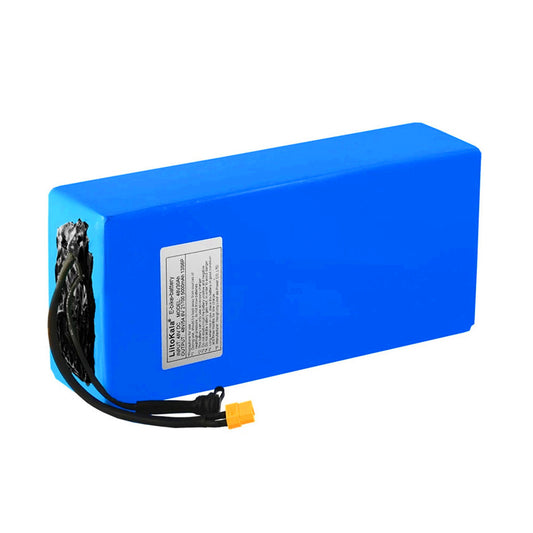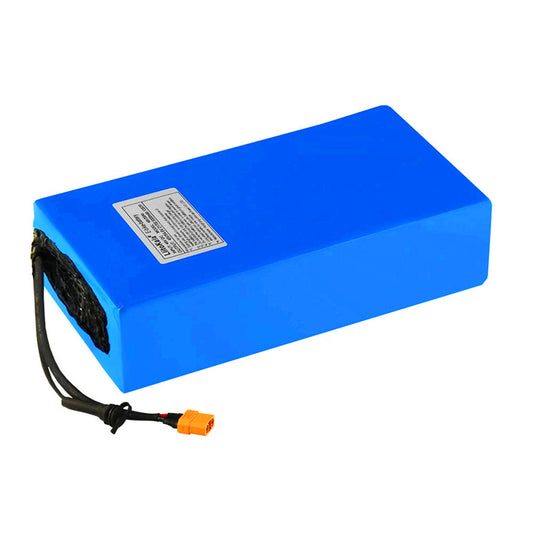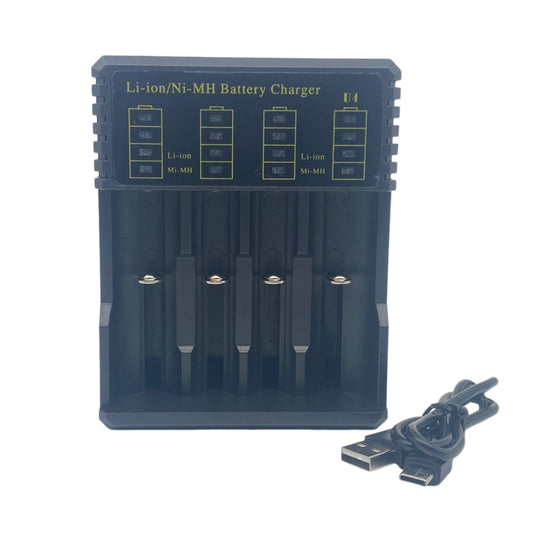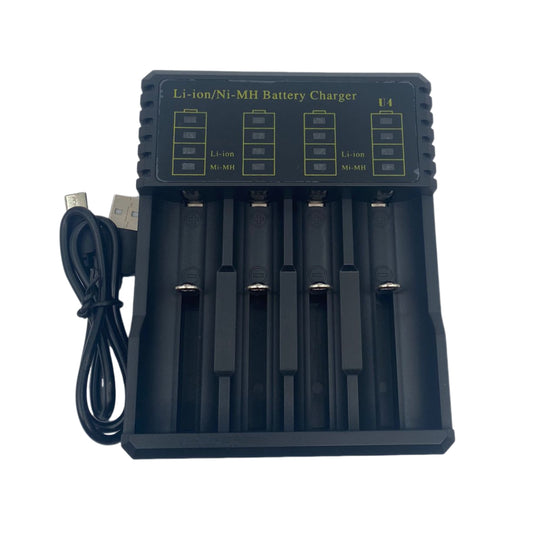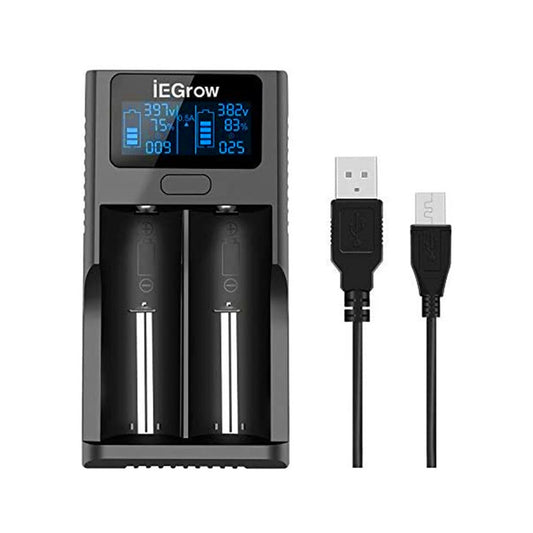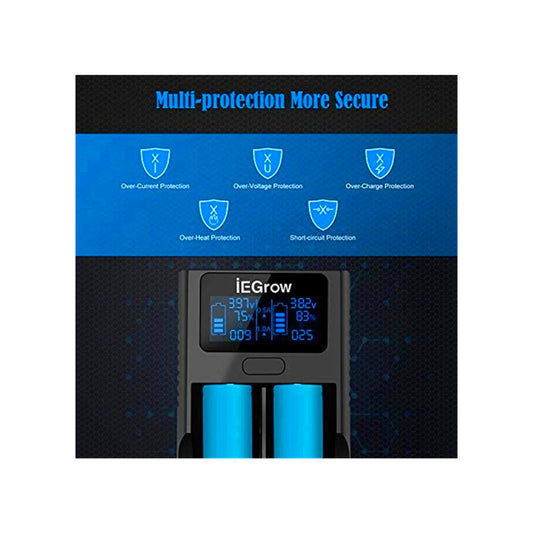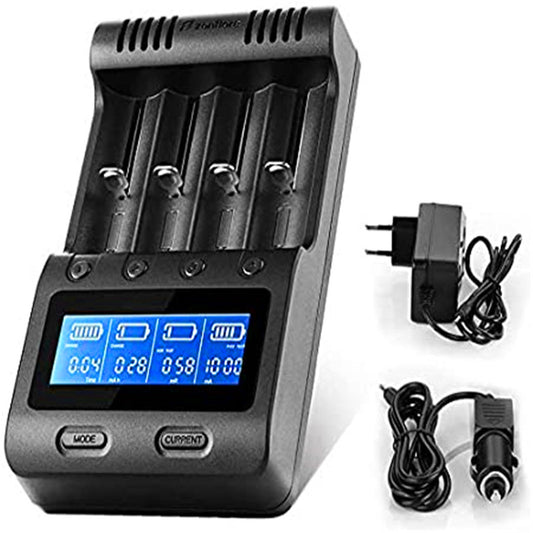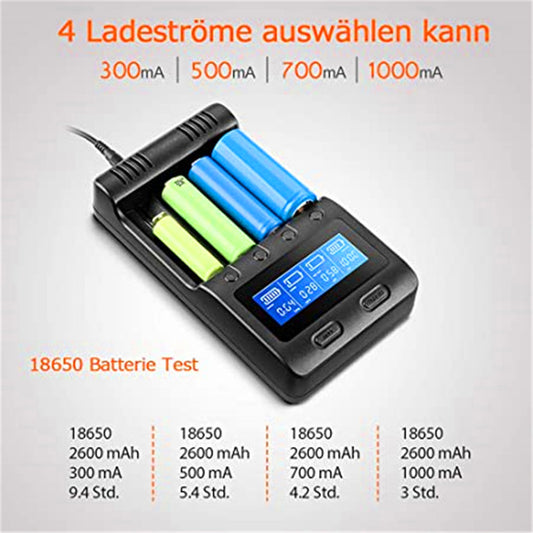An e-bike is a bicycle equipped with an electric motor to assist your ride. It gives you the freedom to travel farther, climb hills effortlessly, and enjoy a more comfortable commute. With their growing popularity, e-bikes are transforming how people approach cycling. In this guide, you'll learn what an e-bike is, how it works, and whether it suits your riding needs.
What is an E-bike?
An e-bike, short for electric bike, is a bicycle fitted with an electric motor that assists with pedaling. Unlike a traditional bike, an e-bike gives you the option to power through tough terrain or long commutes with less physical effort.
Types of E-bikes
Commuter E-bikes
Designed for city commuting, these are equipped for smooth, efficient rides on paved roads, often with built-in racks and fenders.
Mountain E-bikes
Built for off-road adventures, these models have robust frames, suspension, and larger tires to handle rough terrain with ease.
Folding E-bikes
These are compact and portable, making them ideal for urban riders with limited storage or those who need to combine cycling with public transportation.
Key Components of an E-bike
Though there are different types of e-bikes, they basically consist of these parts:
-
Electric Motor
-
Battery
-
Controller
-
Sensors
-
Brakes
-
Display
These components work together to make e-bikes a versatile option for different types of riders and purposes.

How Does an E-bike Work?
An e-bike operates by combining traditional pedaling with electric assistance, making your ride smoother and less strenuous. Here's how the key components work together to power your ride.
Electric Motor Functionality
The motor provides assistance by amplifying your pedaling effort. When you start pedaling, the motor engages to give you extra power, making it easier to accelerate, climb hills, or maintain speed with less physical strain. The amount of assistance depends on the motor’s wattage and the settings you choose, allowing you to control how much effort you put into the ride.
E-bike Battery and Power Supply
The battery powers the motor and plays a key role in determining your e-bike’s range. Its capacity, measured in watt-hours (Wh), dictates how far you can travel on a single charge. Another important factor is voltage. For example, a 36V ebike battery delivers a balance of power and efficiency, making it a popular choice for everyday riders. Higher voltage batteries can deliver more power to the motor, improving overall performance and acceleration. Common batteries for electric bikes range between 36V and 48V, with higher voltage providing more torque and responsiveness.
Controller and Sensors: Coordinating the Ride
The controller acts as the brain of your e-bike, managing how much power the motor delivers based on your pedaling effort. It works in tandem with sensors, which detect your pedaling speed and force. Cadence sensors measure how fast you’re pedaling, while torque sensors detect the pressure you're applying to the pedals. These inputs allow the controller to adjust the motor's power smoothly, ensuring a responsive and natural riding experience.
Pedal Assist vs Throttle
E-bikes offer two modes of motor engagement: pedal assist and throttle. In pedal assist mode, the motor activates when you start pedaling, giving you a boost that complements your effort. In throttle mode, the motor can propel the bike without any pedaling, similar to a scooter. Pedal assist is more common, especially in higher-end models, and allows for a more energy-efficient ride.
Brakes: Stopping Power for E-bikes
Due to the higher speeds and added weight of e-bikes, braking systems are crucial for safety. Many e-bikes come with hydraulic or disc brakes, offering better stopping power and control compared to traditional rim brakes. These systems ensure you can stop quickly and safely, even when traveling at higher speeds or on downhill routes.
Display: Tracking Your Ride
The handlebar-mounted display provides real-time information about your ride, including speed, distance, battery life, and the level of pedal assist. Some advanced displays also offer GPS navigation, allowing you to monitor your performance and plan your route more effectively.

Benefits of Riding an E-bike
E-bikes offer a wide range of advantages, making them an attractive option for both daily commuters and recreational riders. Here are some of the key benefits:
Environmentally Friendly
E-bikes produce zero emissions and are powered by rechargeable batteries, making them a cleaner alternative to cars.
Health and Fitness
You still pedal, so you stay active, but the motor makes long rides or hilly terrain easier. Perfect for building stamina without overexertion.
Cost Savings
E-bikes cost less to maintain than cars, with no gas or parking fees, making them a smart, long-term investment for commuting or everyday use.
How Far Can an E-bike Go?
The range of an e-bike varies based on several factors, but most can travel between 20 and 60 miles on a single charge. Here’s what affects the range:
Factors Affecting E-bike Range
Motor Power
Higher-powered motors (e.g., 750W) use more energy and reduce range, while lower-powered motors (e.g., 250W) extend it but offer less torque on steep hills.
Battery Capacity
Measured in watt-hours (Wh), a larger battery (e.g., 500Wh or 750Wh) increases range. For example, a 500Wh battery can offer 20 to 60 miles, depending on conditions.
Terrain and Weather
Steep hills, rough surfaces, and headwinds drain battery life faster than riding on flat roads in calm weather.
Rider’s Weight and Riding Style
Heavier riders or frequent use of throttle mode consume more power, reducing the range. Lower levels of pedal assist help conserve energy.
Maximizing Your E-bike’s Range
Use Low Pedal Assist Modes
Keep assist levels low when riding on flat terrain to save battery life.
Maintain Proper Tire Pressure
Properly inflated tires reduce rolling resistance, improving efficiency.
Choose Gentle Terrain
Avoid steep climbs to conserve battery power and extend your ride.
Are electric bikes worth it?
Are electric bikes worth it? Absolutely. They offer an eco-friendly, cost-saving, and versatile way to get around, making daily commutes and long rides easier and more enjoyable. If you're already enjoying the benefits of an e-bike or planning to get one, remember that keeping your battery in top shape is key to long-term performance. Check out BatteryInt for reliable e-bike lithium batteries for sale that ensure you stay powered for the long haul.
Read More:
6 Practical Ebike Battery Charging Tips for Prolonging Your E-bike Battery Life
How Long Can an E-bike Battery Last?




